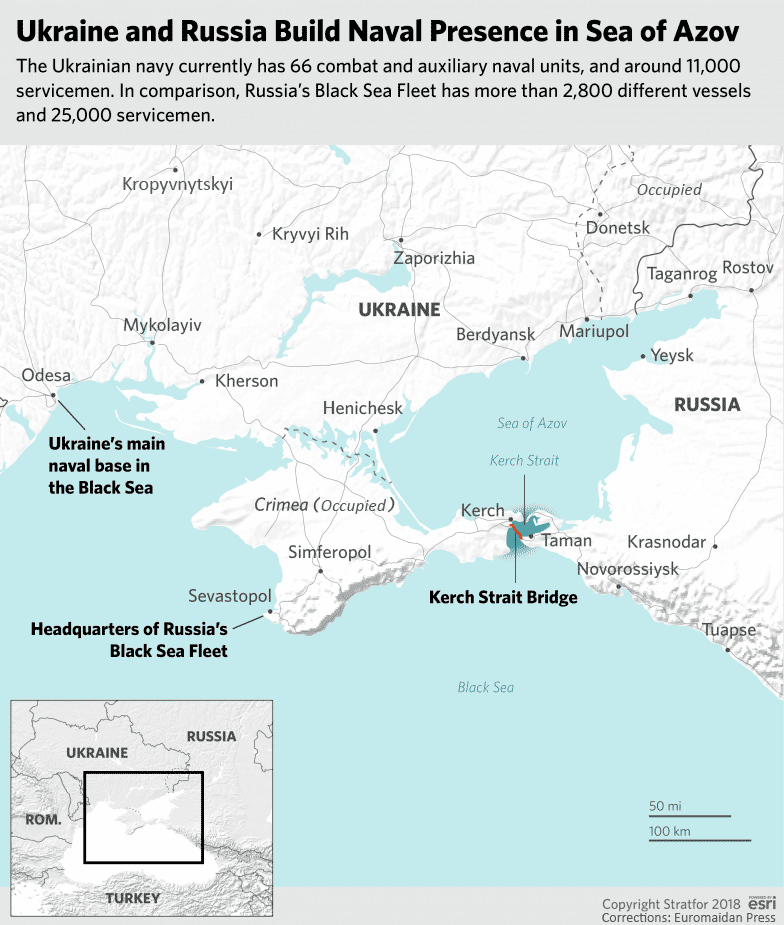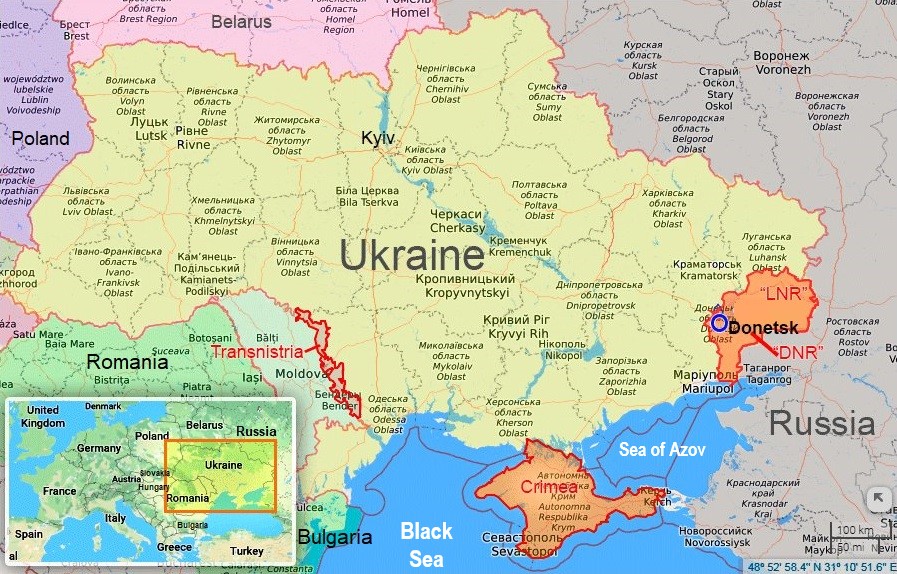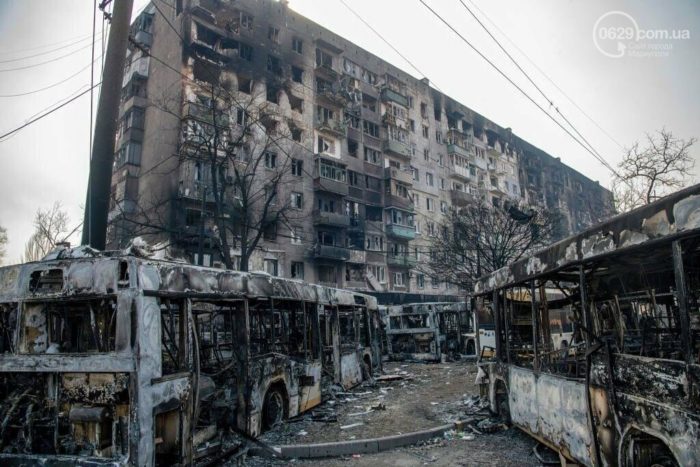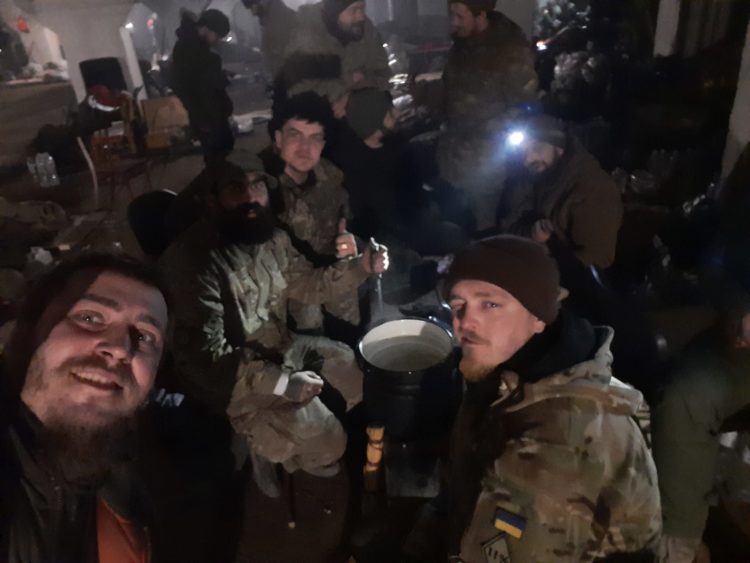Beseiged Mariupol is nearly obliterated. Since 24 February, when Russia unleashed its full-scale invasion of Ukraine, Russian troops have been obliterating the Ukrainian city of Mariupol using every conventional weapon at Russia’s disposal, from mortars to missiles and several-hundred-ton bombs. The attacks on the city are going on to this day with only short pauses between them. The estimated death toll among the city residents has been at thousands. Here are several photos of the besieged city.
Mariupol is Ukraine’s 10th largest city in the southeast of Ukraine. Its pre-war population was more than 430,000 people. Located on the sea coast, it has the largest Ukrainian port on the Sea of Azov. From 24 February, the first day of Russia’s all-out war on Ukraine, Mariupol became one of the primary targets for the Russian troops. Russia blocked the Azov Sea just before the invasion and on 2 March, the Russian troops coming from the east and from the southwest completely cut off the metropolis from Ukraine.

Unable to capture the besieged city, Russia focused on the destruction of local infrastructure in the city and terrorizing the civilians by the missile, artillery, rocket, aircraft attacks primarily on the residential neighborhoods.
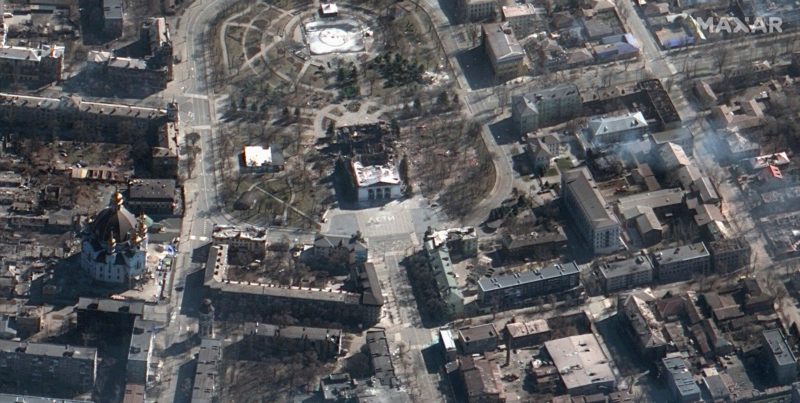
In the first days of the siege, an estimated 300,000 Mariupol residents found themselves blocked in their hometown under continuous fire, scarce on food, without running water, gas, electricity.
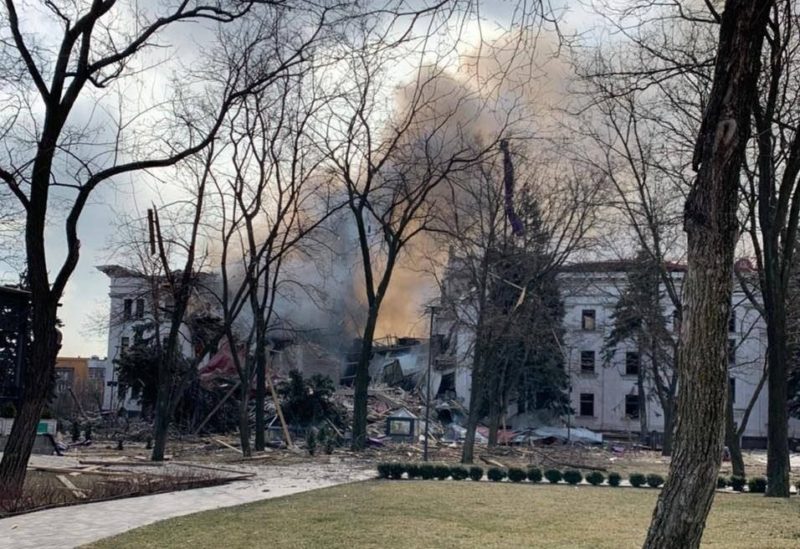
Locals bury their dead just in the courtyards where those were killed, those who have nobody to bury them are collected on the streets to be buried in mass graves.
A few days ago, Ukraine’s Parliament reported that at least 80% of residential housing has been destroyed in Mariupol. On 20 March, the Russian navy ships joined the obliteration of the once-bustling coastal city.
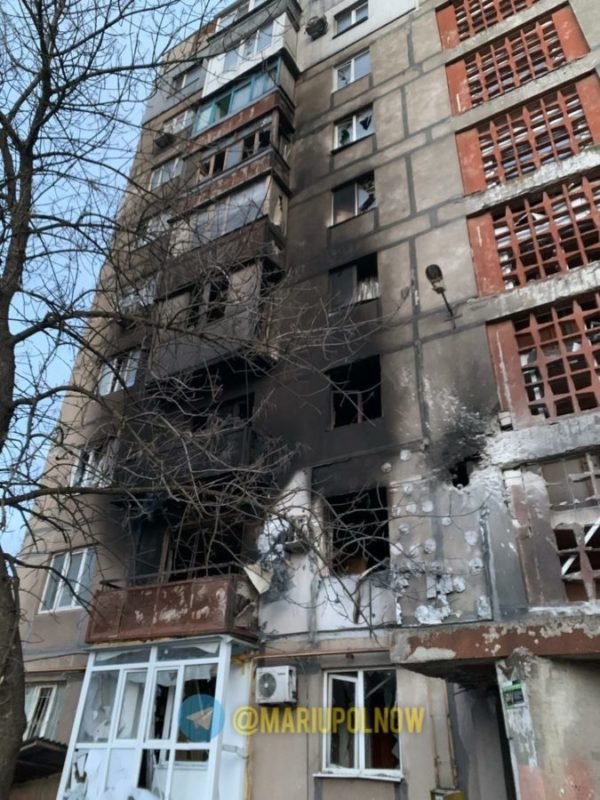
On 20 March, the Russian military gave an ultimatum demanding that Mariupol defenders leave the city unarmed via some “green corridor,” the city authorities rejected the Russian demands.
https://twitter.com/EuromaidanPress/status/1501730827725647880
The Russian shelling and bombing continue to this day, and nobody can even assess the level of humanitarian catastrophe and the number of deaths among civilians in Mariupol.
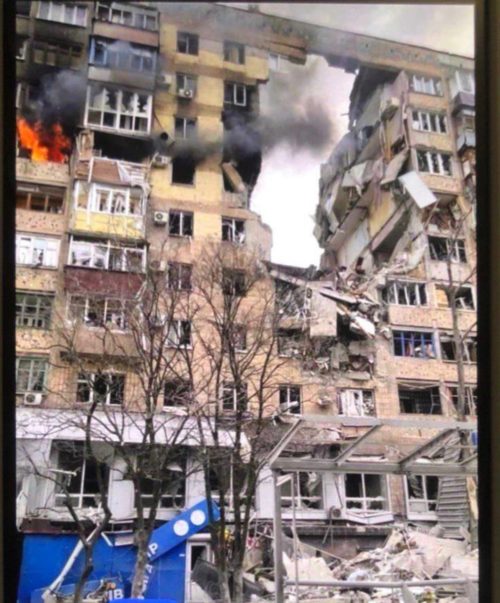
Russian troops shelling Mariupol’s Azovstal, the largest steel mill in the region.
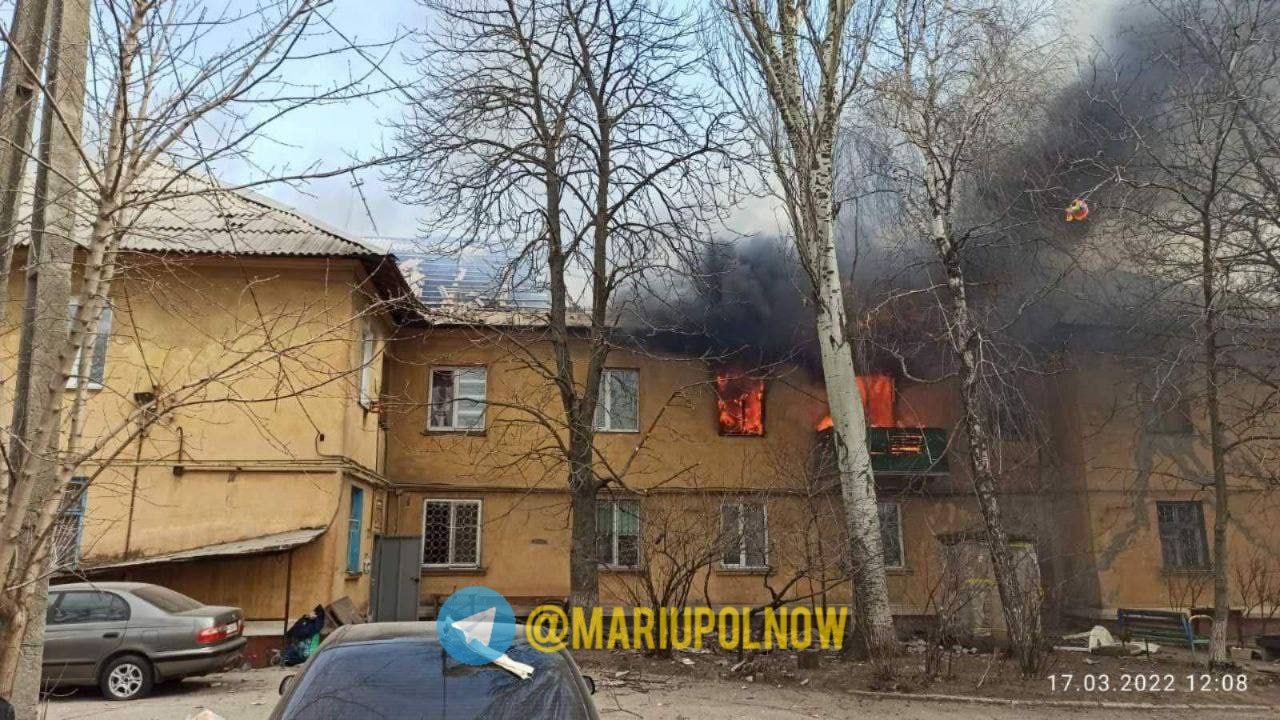
Nobody in Mariupol can extinguish fires caused by Russian attacks because the local fire department was one of the early targets of the Russian air raids.
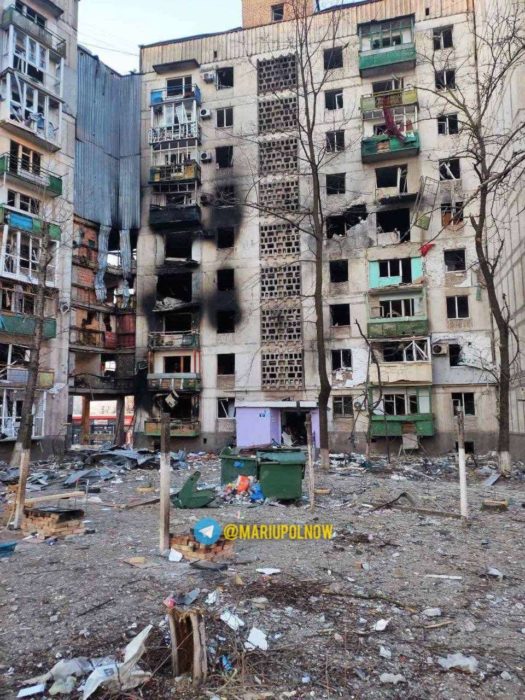
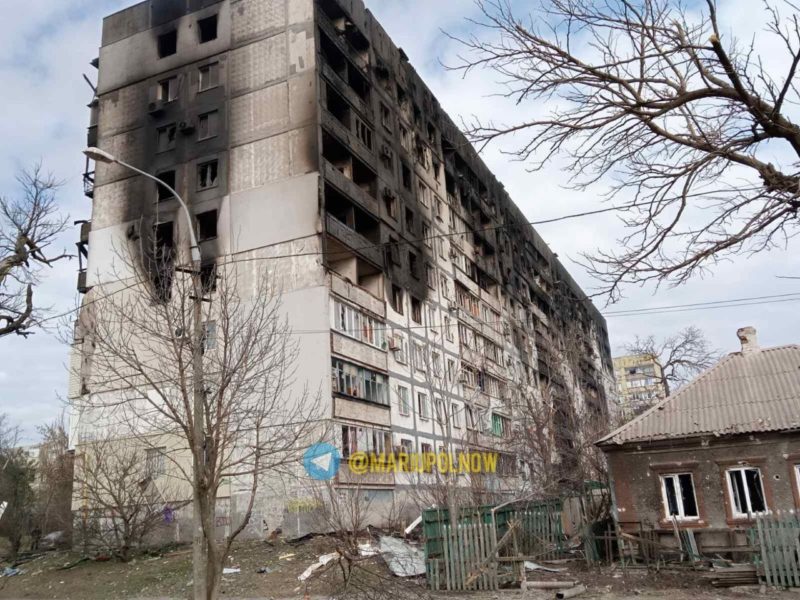
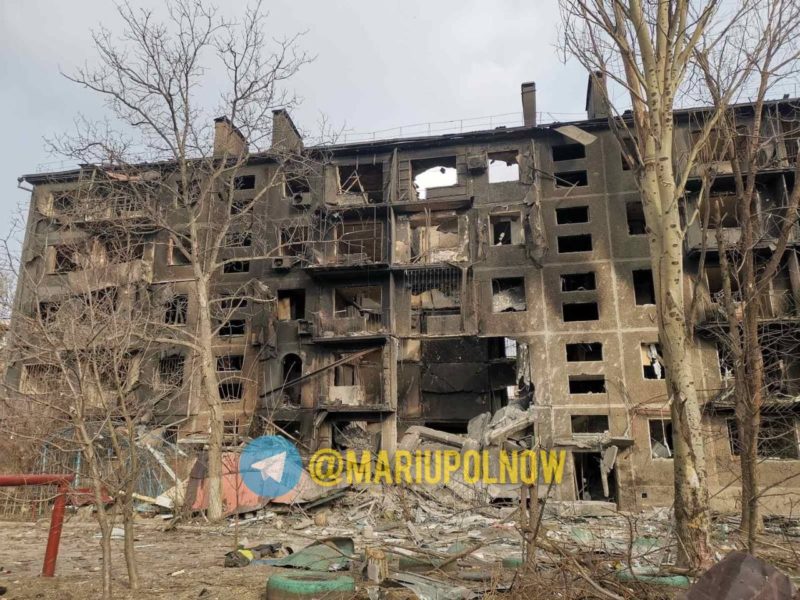
Mariupol has a significant community of local Pontic Greeks. Greek Consul General Manolis Andrulakis, who was the last diplomat to leave Mariupol, said after he managed to escape from the city,
“Mariupol will be included in the list of cities that were completely destroyed by the war: Guernica, Coventry, Aleppo, Grozny, Leningrad.”
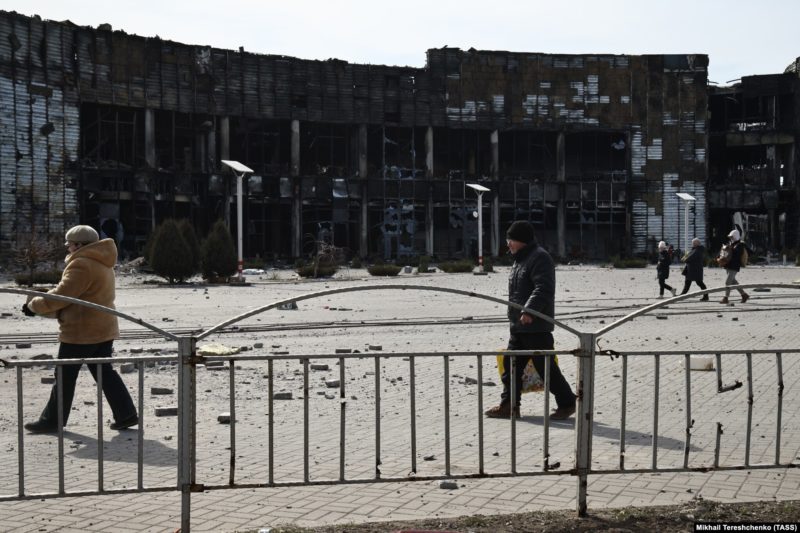
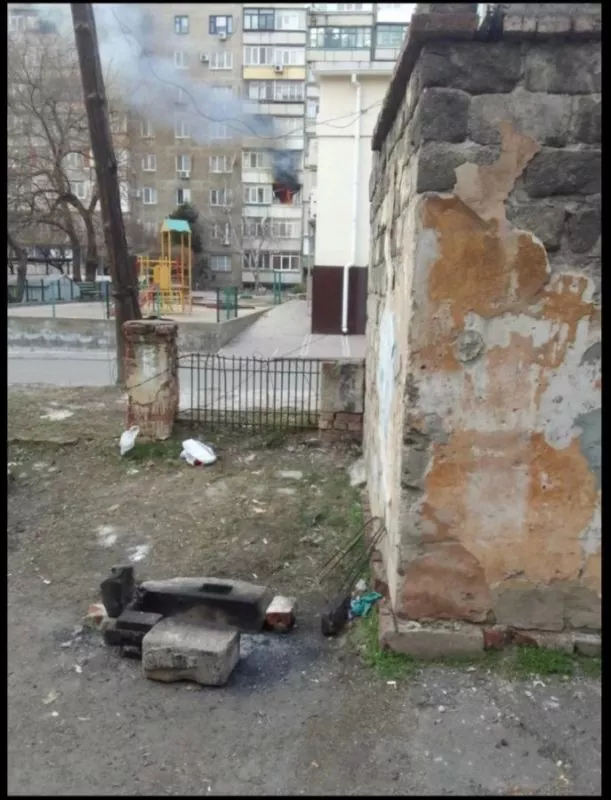
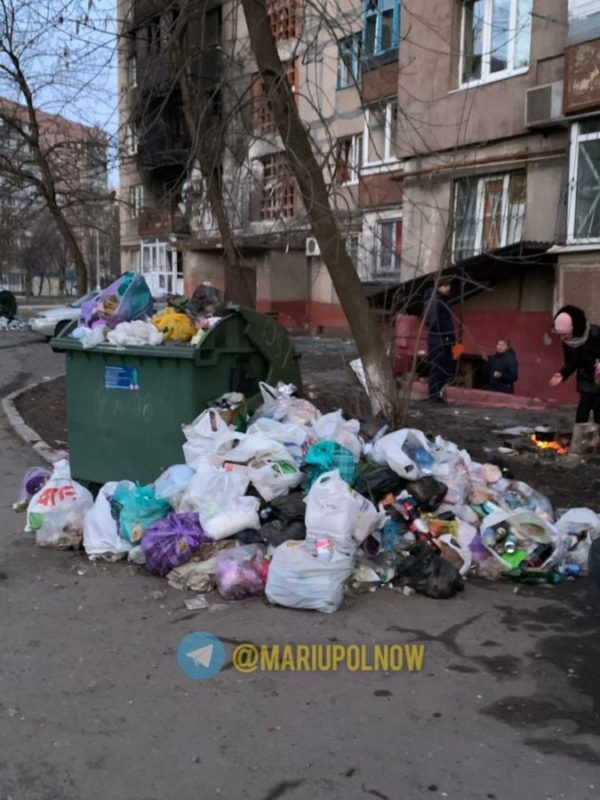
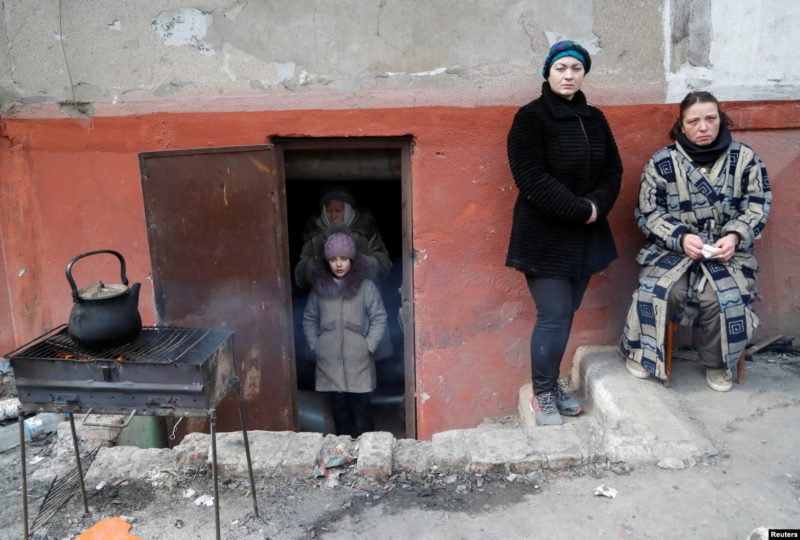
Russia has been denying any humanitarian convoys into the besieged city to this day. First residents of Mariupol managed to leave the besieged city only on 16 March, two weeks into the siege.
Russia disrupts humanitarian convoys and evacuation from the war zone in Ukraine
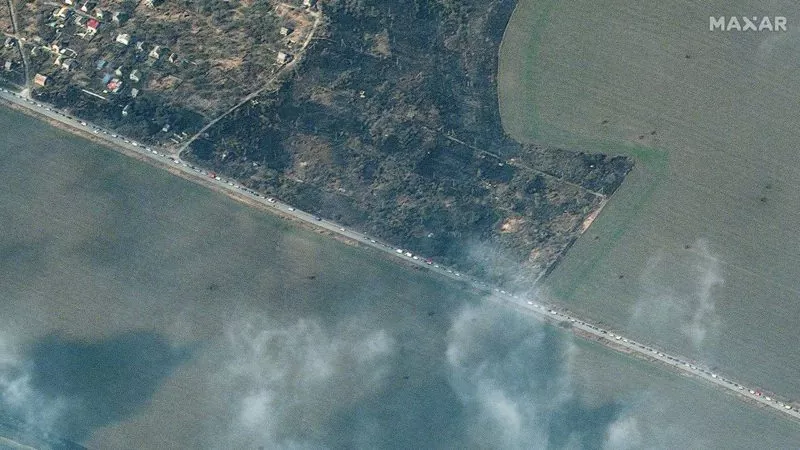
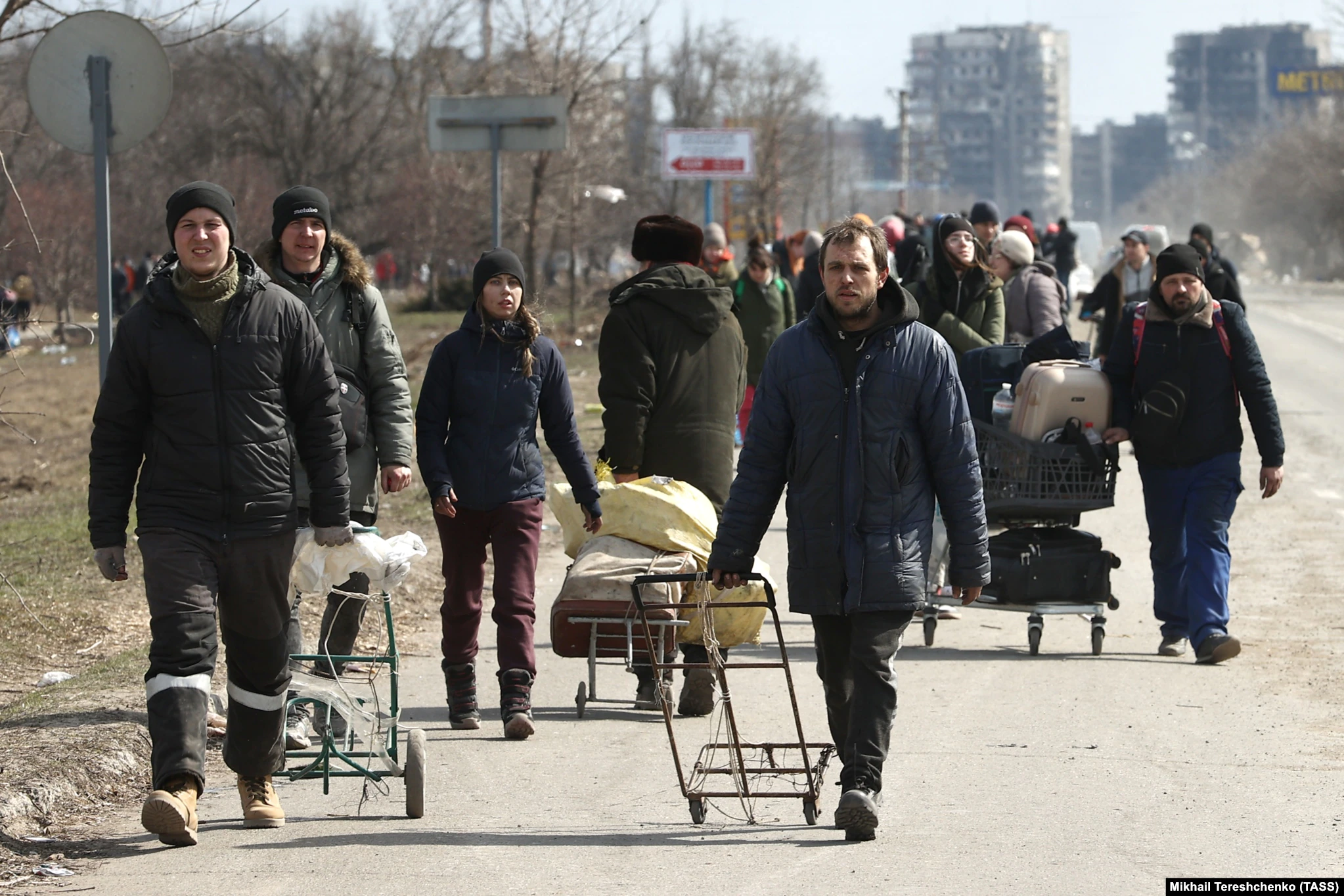
As of 20 March, about 41,000 Mariupol residents managed to escape their destroyed city and reach the central-Ukrainian city of Zaporizhzhia, according to the Mariupol City Council.
Meanwhile, the city’s mayor Vadym Boychenko stated that over the past week, the Russian military deported several thousand Mariupol residents to Russia from the Russian-occupied eastern part of Mariupol.
“It is known that the captured Mariupol residents were taken to filtration camps, where the occupiers checked people’s phones and documents. After the inspection, some Mariupol residents were redirected to remote cities in Russia, the fate of others remains unknown,” the Mayor wrote on Telegram.
“The last week was pure horror and hell,” evacuee from besieged Mariupol recalls
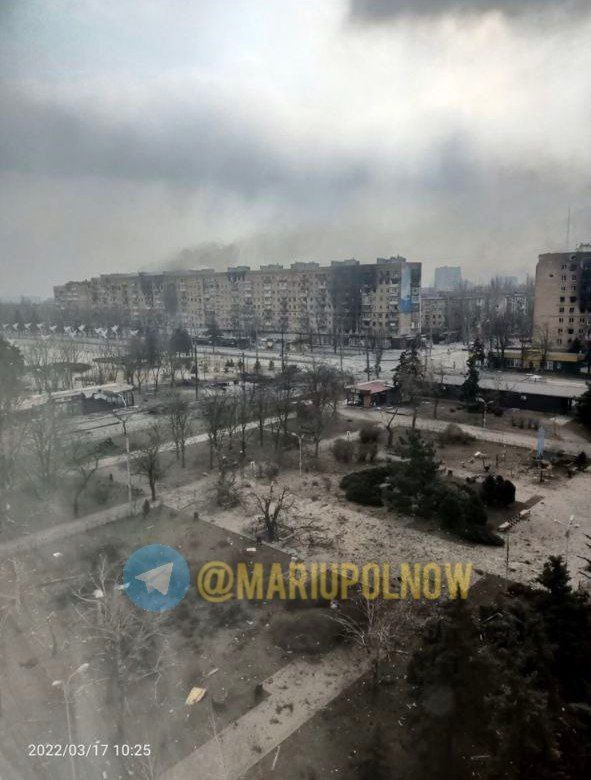
The death toll of the ongoing Russian siege of Mariupol remains unknown as most of the victims of the Russian attacks remain buried under the ruble. A week ago the local authorities reported that 2,187 Mariupol residents had died in Russian attacks.
This is Mariupol today:
https://twitter.com/ua_industrial/status/1505929948615389185
Read also:
- Russia disrupts humanitarian convoys and evacuation from the war zone in Ukraine
- “Mariupol people melt snow, drink water from heating mains”: besieged city faces total destruction
- “The last week was pure horror and hell,” evacuee from besieged Mariupol recalls


